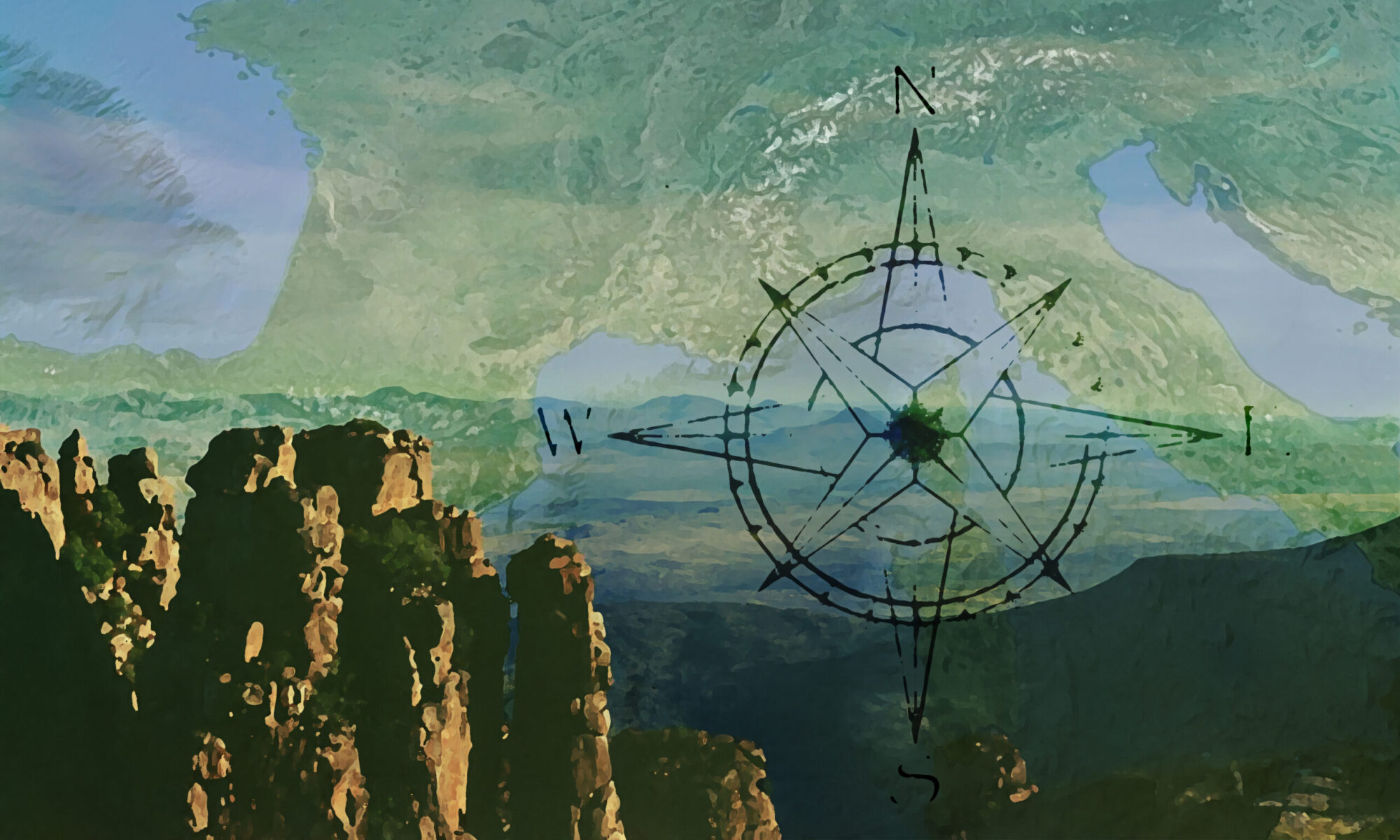It seems we can’t find what you’re looking for. Perhaps searching can help.

Travel & Tourist Maps, Utilities and Curiosities from the World

Travel & Tourist Maps, Utilities and Curiosities from the World
It seems we can’t find what you’re looking for. Perhaps searching can help.